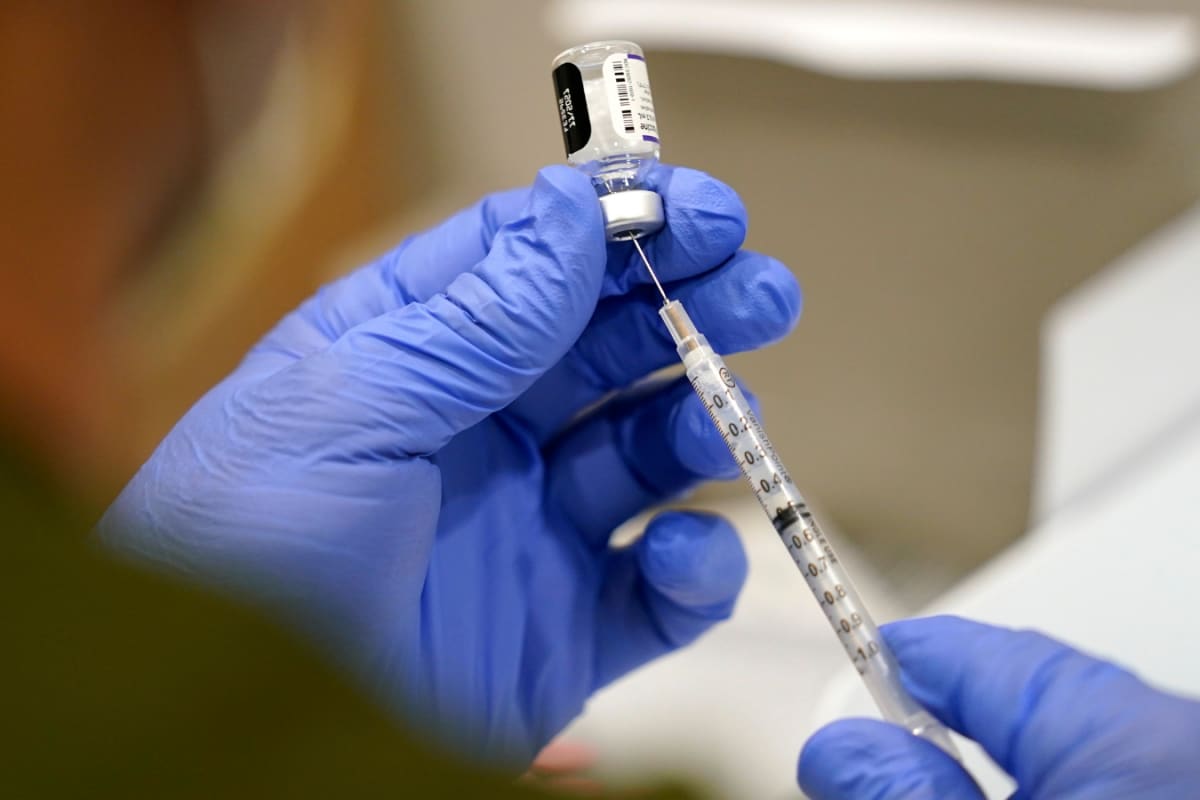

The number of active COVID-19 cases in India has seen a recent increase, crossing the 3,000 mark. According to the latest data from the Union Health Ministry released on Saturday, May 31, 2025, the active caseload stands at 3,395. This rise marks a significant jump from the 257 active cases recorded on May 22, and 1,010 on May 26.
Several states are contributing to this increase, with Kerala reporting the highest number of active cases at 1,336. Maharashtra follows with 467 active cases, while Delhi has 375. Other states with a notable number of active cases include Gujarat (265), Karnataka (234), West Bengal (205), Tamil Nadu (185), and Uttar Pradesh (117).
In the last 24 hours, 685 new cases have been reported across the country. Sadly, four deaths have also been recorded, with one each in Delhi, Kerala, Karnataka, and Uttar Pradesh. This brings the total number of COVID-19-related deaths in India to 26 since January 1, 2025.
Despite the rise in cases and fatalities, official sources indicate that the COVID-19 situation in India is being closely monitored and the severity of infections remains low. Most patients are under home care, and there is no cause for alarm. Dr Rajiv Behl, Director General of the Indian Council of Medical Research (ICMR), stated that genome sequencing of samples has revealed that the variants causing the current increase are Omicron subvariants and are not severe.
On May 30, India reported 2,710 active cases, an increase of 511 from the previous day. Seven deaths were recorded across various states, bringing the total number of deaths since the beginning of the year to 22. Kerala continues to be the most affected state, followed by Maharashtra and Delhi, which experienced a significant spike in cases. There have been improvements in recoveries, with 255 patients being discharged.
Of the deaths reported, Maharashtra recorded two fatalities. One involved a 67-year-old male with ARDS, pneumonia, and comorbidities like diabetes and hypertension, and another was a 21-year-old male with diabetic ketoacidosis and a lower respiratory tract infection. Tamil Nadu reported one death, a 60-year-old male with type 2 diabetes, hypertension, and chronic kidney disease. Karnataka's fatality was a 70-year-old male with acute cardio-respiratory arrest and several underlying conditions. Delhi reported the death of a 60-year-old female with acute intestinal obstruction, where COVID-19 was incidentally detected.
As cases rise, the central government asserts it is fully prepared to manage any potential surge in infections. Union Minister of State for Health and AYUSH (Independent Charge), Prataprao Jadhav, stated that the infrastructure developed during previous COVID-19 waves, including oxygen plants and ICU beds, has been reviewed, and health systems are equipped to respond effectively.
While new Omicron sub-variants such as LF.7 and NB.1.8.1 are believed to be contributing to the increase in cases, JN.1 remains the dominant strain in the country. The World Health Organisation (WHO) has not classified LF.7 or NB.1.8 as Variants of Concern (VOCs) or Variants of Interest (VOIs). Experts suggest that while the new variants may have some ability to evade immunity, there is no evidence to indicate they cause severe long-term infection, and the symptoms are largely consistent with those of the common flu, including fever, runny nose, sore throat, headaches, and fatigue.